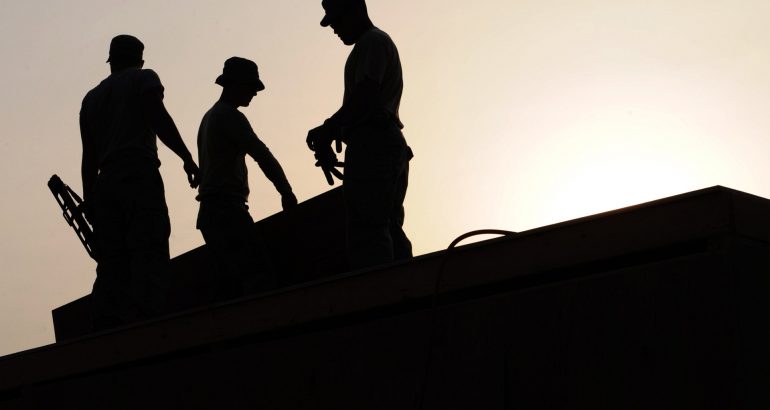
Flat roofs are some of the most popular contemporary options for your home. However, what if you have been hoping to transform a traditional angled roof into one of these attractive alternatives?
While it is always wise to consult with a professional, we should nonetheless take a look at some important design recommendations to keep in mind.
PREPARING FOR THE FLAT ROOF
Most flat roofs are constructed directly atop the existing structure. This arguably represents the bulk of any project, as it involves the proper installation of joists and similar supports so that the integrity of the roof above remains intact. This is also why larger tasks tend to be handled by professionals.
INSULATION, DRAINAGE AND AIR FLOW
It is easiest to place insulation between the two roofs. This is critical in order to ensure that your home does not suffer from a reduced sense of energy efficiency. Drainage will also need to be addressed.
This includes placing downspouts and gutters in strategic locations. A third-party guttering service should be consulted. Finally, ventilation between the two roofs can be accomplished through the use of eaves and vents. This will help to limit the interior moisture content.
WATERPROOFING OPTIONS
There are three main types of waterproof surfaces which can be used to protect your new flat roof. These include:
- A singly-ply membrane.
- A bitumen-reinforced layer.
- A cold resin coating that is applied as a liquid and allowed to dry.
Installing a flat roof can be slightly challenging if you are unaware of the finer points. While this article is intended to be used as a rough guideline, it is always better to consult with the experts at Multiform Roofing. We can answer any additional questions or schedule a consultation at your convenience.




